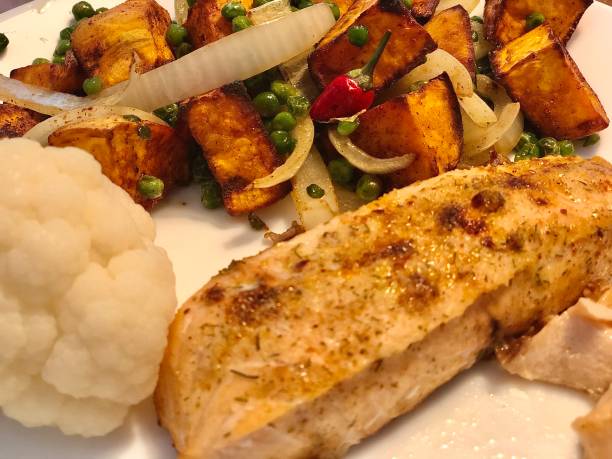Regional Differences in Romanian Cuisine
Romanian cuisine is a reflection of the country’s rich history, culture, and diverse regions. Each region of Romania has its distinct culinary traditions influenced by local ingredients, climate, and cultural heritage. The cuisine is a medley of flavors, textures, and cooking techniques, with each region adding its unique touch to the dishes. From the hearty and filling dishes of Transylvania to the light and colorful Mediterranean-inspired cuisine of Dobrogea, Romanian cuisine offers a range of flavors for every taste bud.
Unique Flavors of Romanian Provinces
Transylvania, located in the heart of Romania, is famous for its hearty and filling dishes like sarmale (cabbage rolls stuffed with meat and rice), mici (grilled sausages), and paprikash. The region is known for its meat-based dishes, and pork is the most popular meat used in traditional cuisine. Moldova, the largest wine-producing region in Romania, boasts of delicious dishes like tochitura (a stew made with pork meat and bacon), and placinta (a savory pastry stuffed with cheese, potatoes, and cabbage). The region of Banat, situated in the western part of Romania, is famous for its spicy and flavorful dishes, and its iconic dish is the “paprikash cu galuste” (a stew made with chicken or pork and served with dumplings).
Discover the Culinary Gems of Romania’s Regions
If you want to experience the unique flavors of Romanian cuisine, then exploring the country’s regions is a must. In Transylvania, you can visit Cluj-Napoca and try the famous “cluj-style” chicken paprikash or visit Sibiu and try the “Sibiu-style” pork chops. In Moldova, you can visit the village of Cotnari and try the famous sweet white wine or visit the city of Iasi and try the traditional “mititei” (grilled ground meat rolls). In Banat, you can visit Timisoara and try the “banat-style” ghiveci (a vegetable stew with meat) or visit the city of Arad and try the “arad-style” langos (a deep-fried dough topped with cheese and sour cream).
In conclusion, Romanian cuisine is a treasure trove of flavors waiting to be explored. With each region offering its unique culinary gems, the cuisine is a reflection of the country’s rich cultural heritage. Whether you are a meat lover or a vegetarian, Romanian cuisine has something to offer for every taste bud. With its diverse flavors, textures, and cooking techniques, Romanian cuisine is a delight for food enthusiasts from all over the world.


